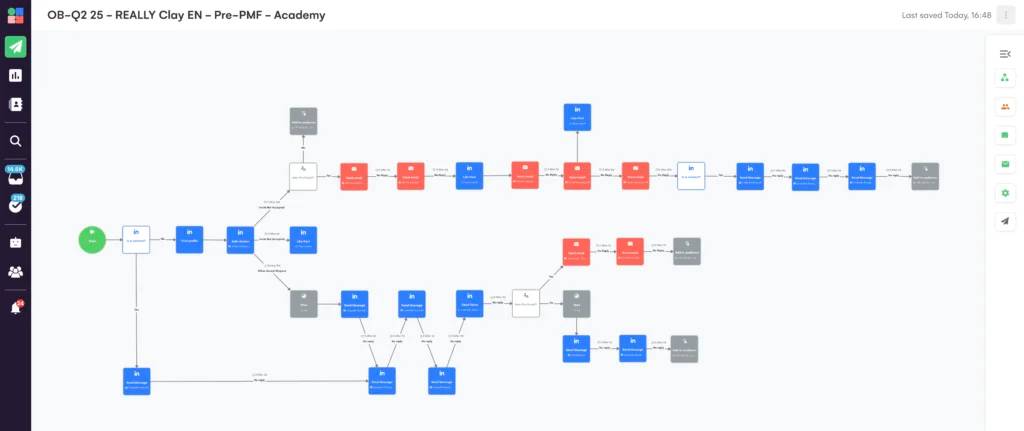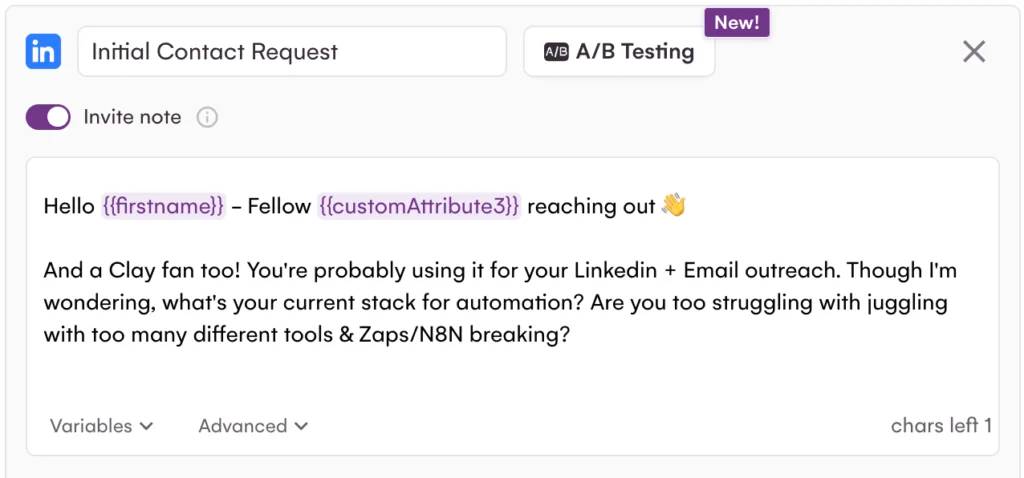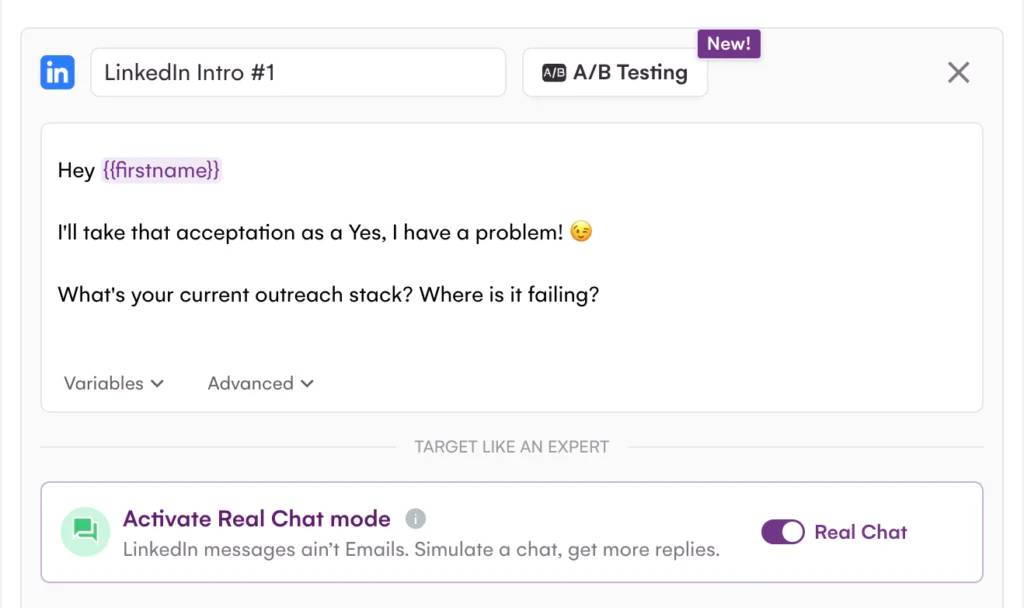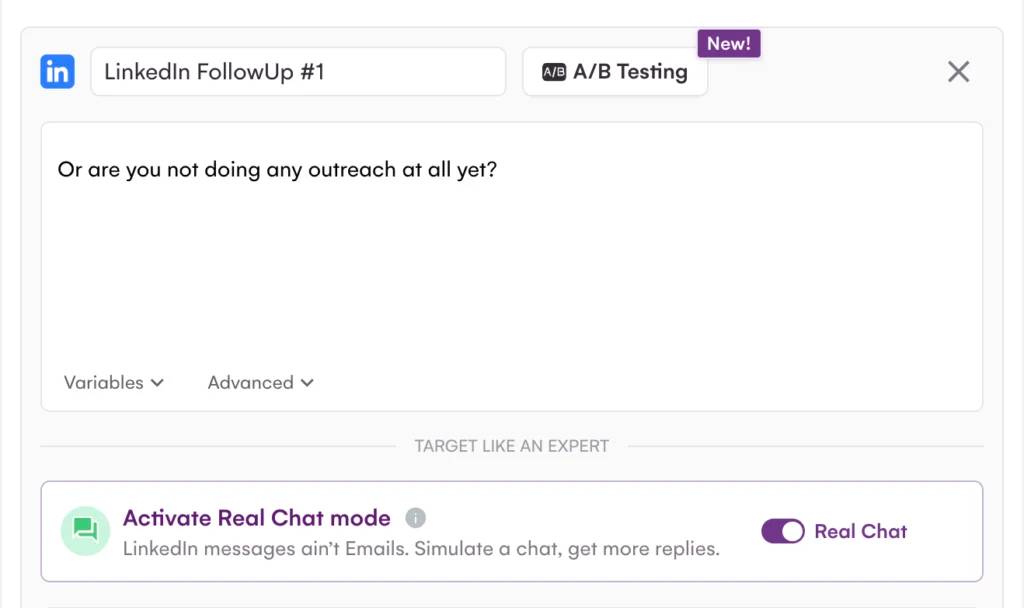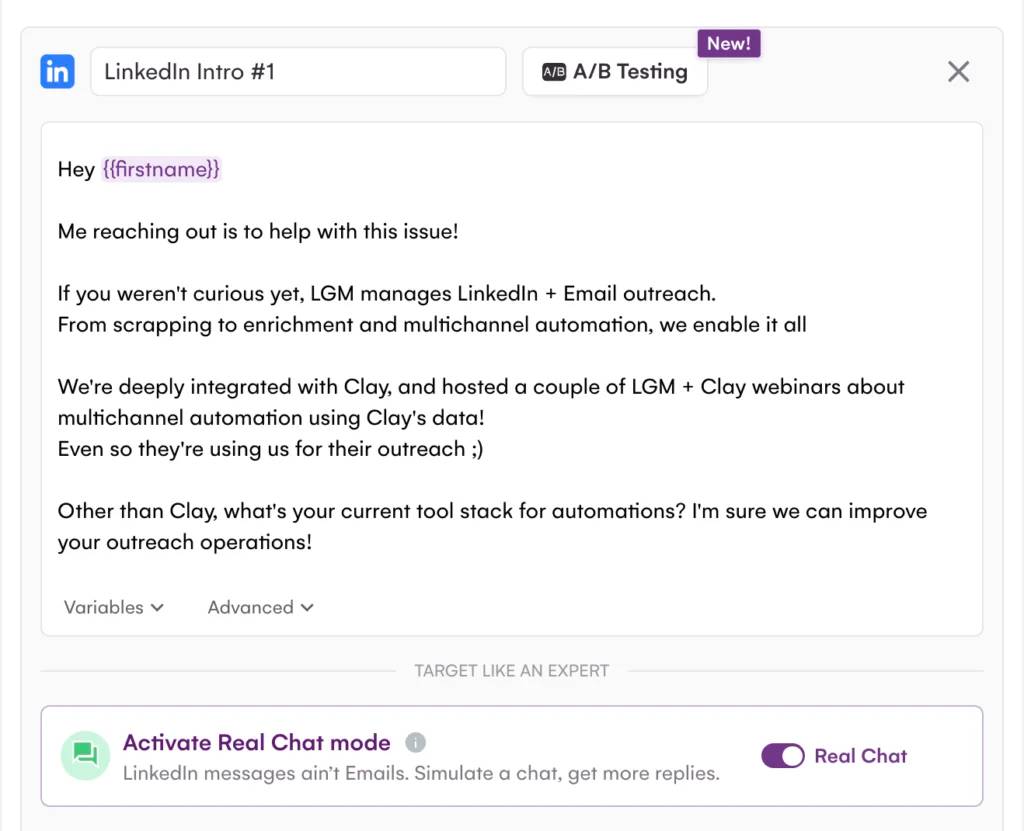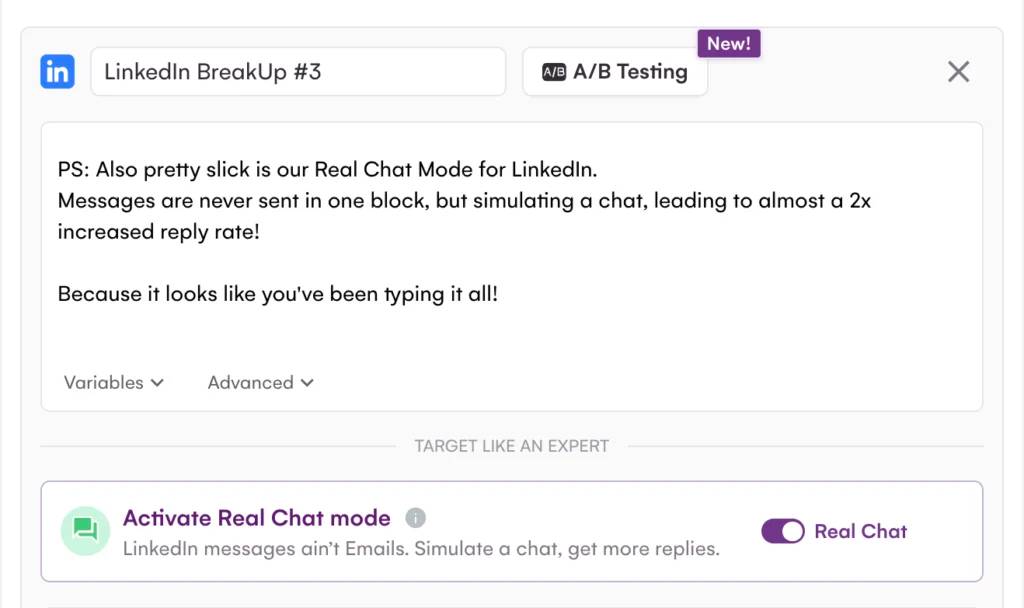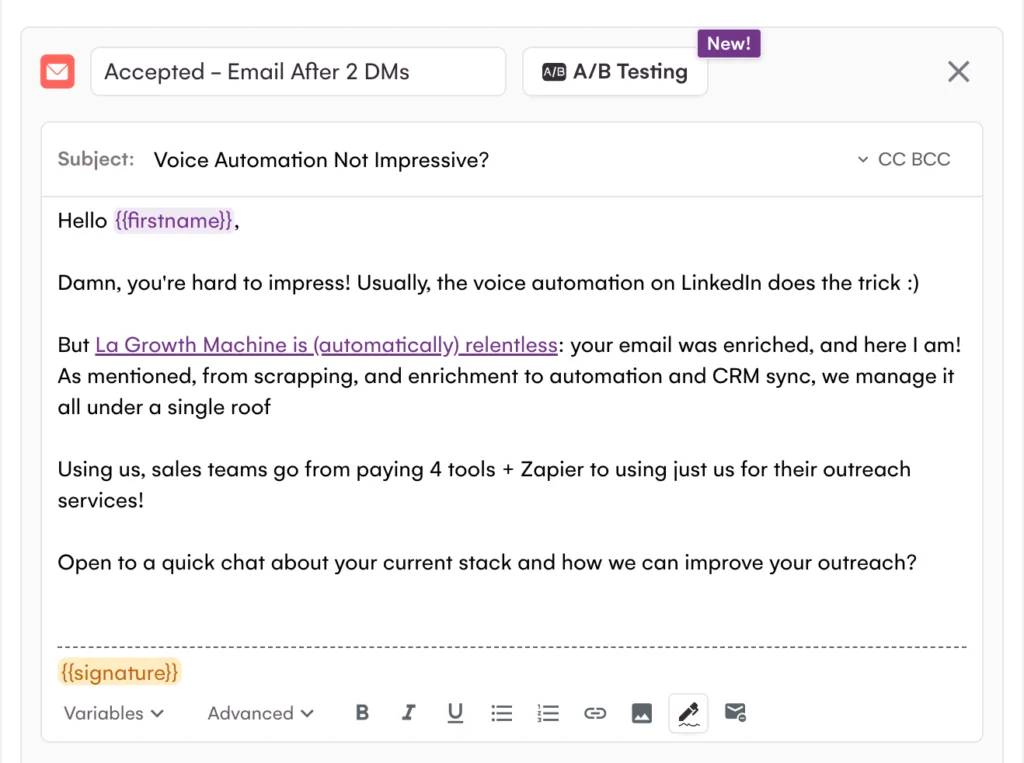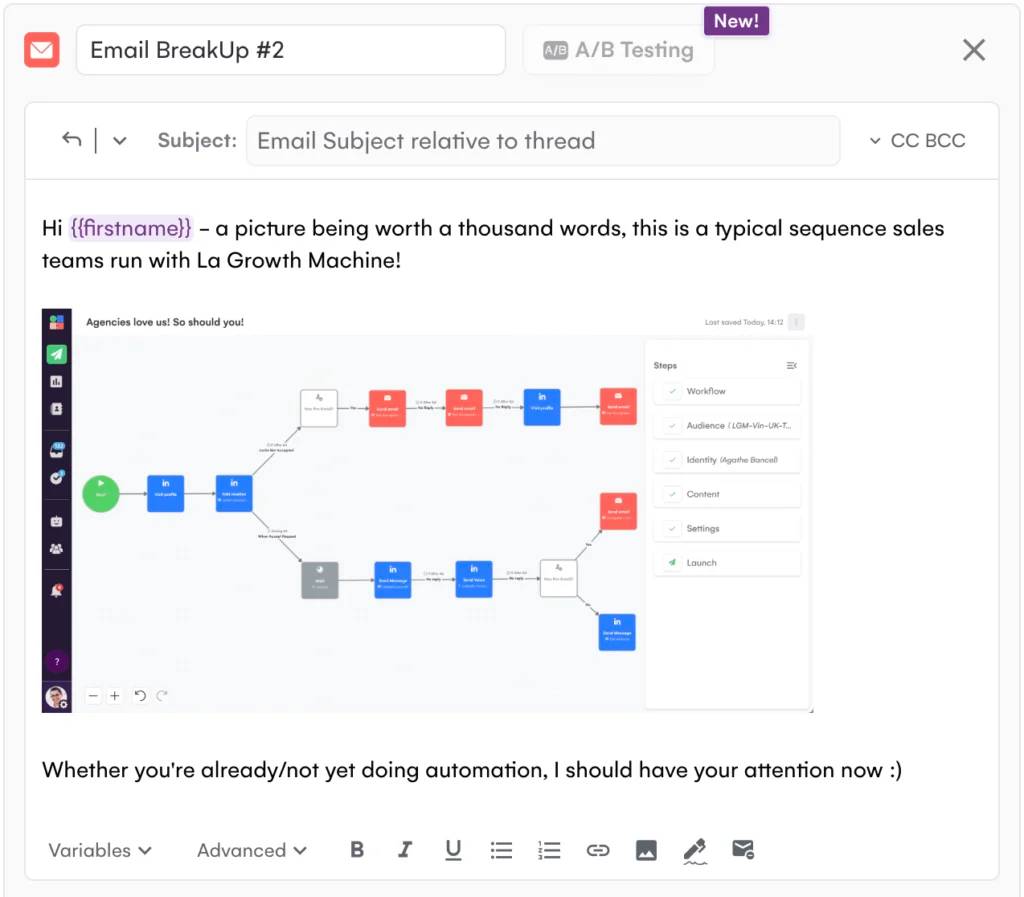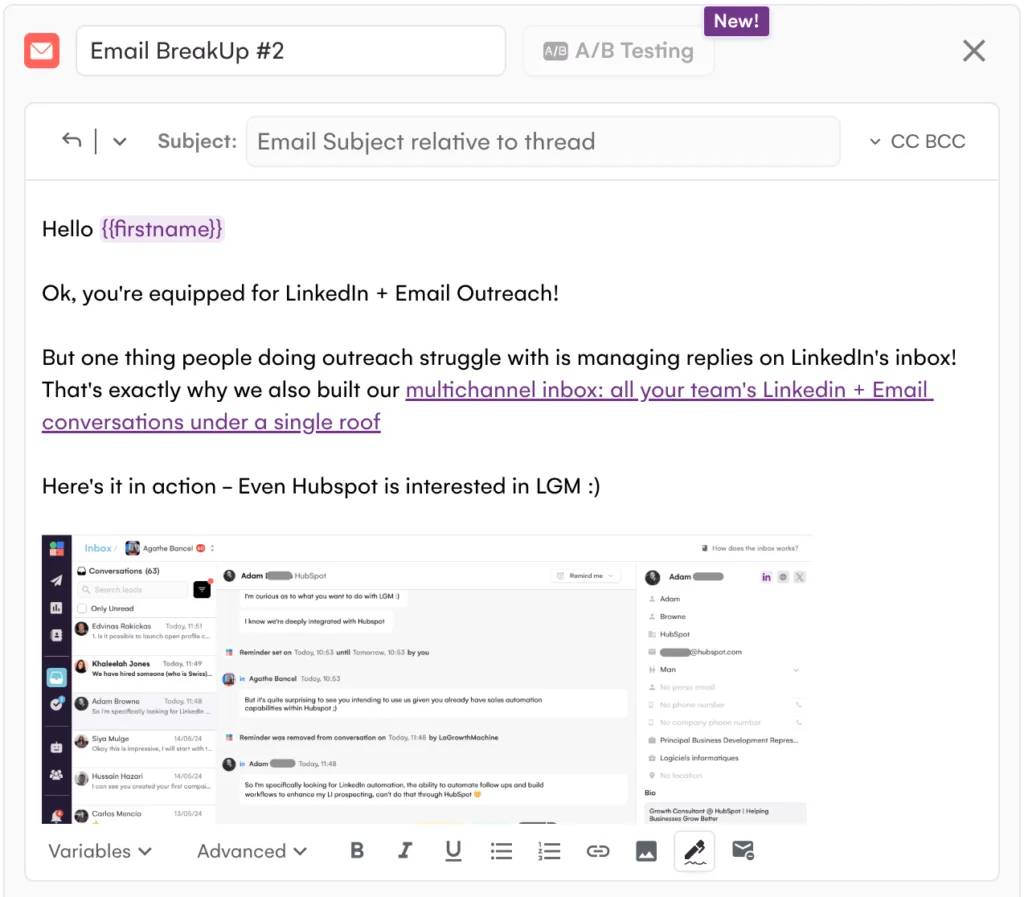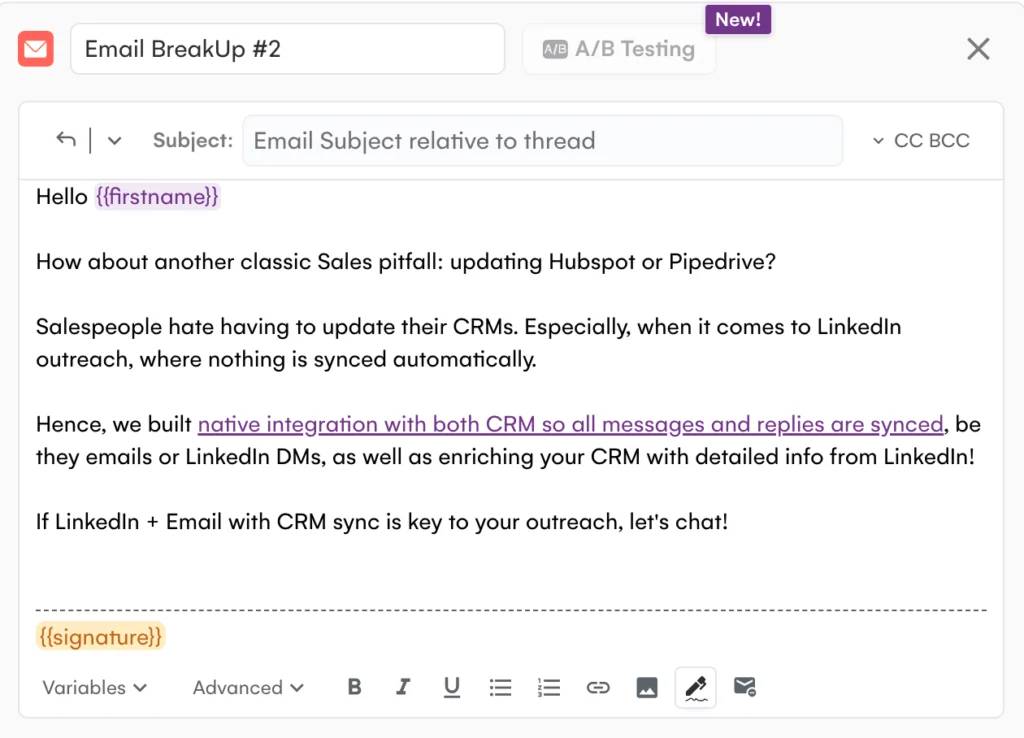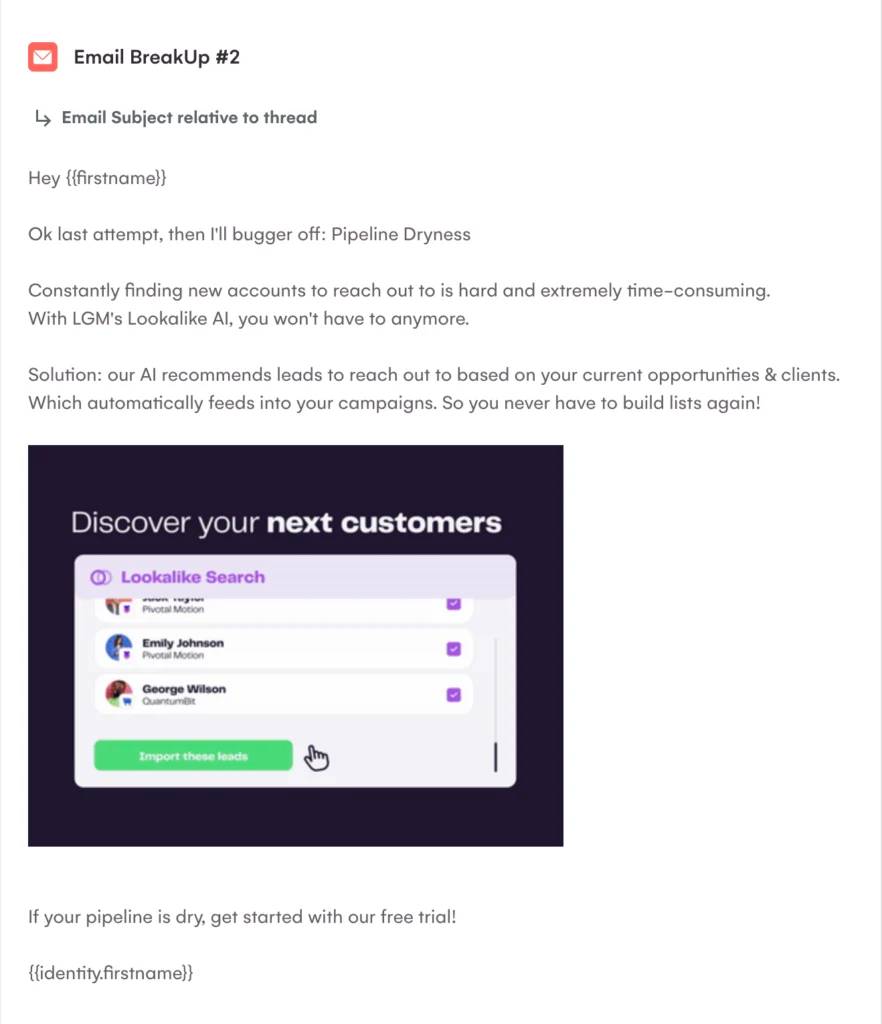Who are we targeting?
- Clay followers (LinkedIn)
- Pre-PMF SaaS companies, 10–20 employees
- Head of Sales / Sales Manager
- Based in the US
Why target Clay users in software development companies?
Clay users = signal of maturity
If someone follows Clay or uses Clay, they’re already thinking in terms of data workflows, enrichment, automation. That’s not a cold prospect. It’s someone already trying to level up their outbound. You’re not pitching awareness, you’re stepping into an existing motion.
Software development = often technical buyers
These teams love tools, but they’re also often the ones managing 4–6 different solutions at once. They’re great at connecting things via Zapier, N8N, or APIs… but that also means they know the pain of juggling multiple tools, broken Zaps, dropped steps, and lack of visibility across channels.
Pre-PMF = urgency + bandwidth issues
In Pre-PMF (pre-product-market-fit) companies, every opportunity matters. They don’t have huge sales teams. The Head of Sales is probably doing outbound and managing demos and structuring processes. They don’t have time to fight with workflows. They need clarity, speed, and reliability. If their stack is clunky, they feel it every day.
Your wedge is consolidation
That’s why your angle is strong: you come in not with “here’s one more tool”, but with:
“Here’s a way to replace your patchwork of tools with one platform that handles enrichment, LinkedIn + email, sequencing, CRM sync and yes, we work perfectly with Clay.”
